Je réponds aux question du New York Times à propos des célèbres fragments présentés par Shapira comme les plus anciens manuscrits de la Bible.
J’ai été invité il y a deux ans par l’université de Harvard pour un colloque sur les fragments Shapira, qui étaient apparus sur le marché des antiquités à la fin du XIXᵉ siècle et avaient été présentés comme un ancêtre du Deutéronome datant du IXᵉ siècle avant Jésus-Christ.
Les fragments avaient rapidement été identifiés comme frauduleux par l’épigraphiste français Charles Clermont-Ganneau. L’antiquaire, Moïse Shapira, se suicida, et les fragments ont aujourd’hui disparu. Mais de temps à autre, un universitaire ravive la théorie selon laquelle ces fragments étaient en réalité authentiques. C’est le cas de Idan Dershowitz, qui vient de publier un article et un livre à ce sujet.
Le New York Times a décidé d’écrire un article à ce sujet et m’a contacté pour une interview. Je remercie Jennifer Schuessler et vous invite à lire son article.
 En
En Fr
Fr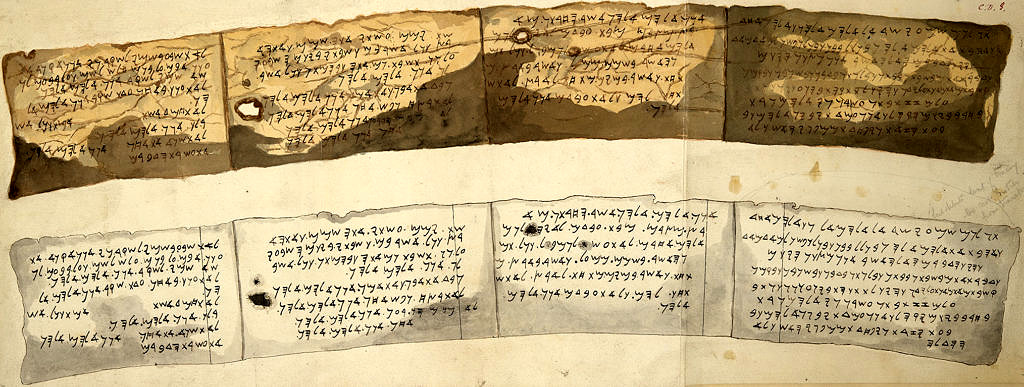
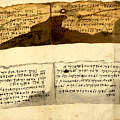
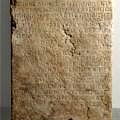


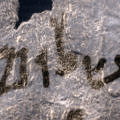
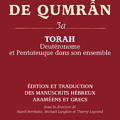
Hi Michael, what is your leaning on the subject? I find Dershowitz fairly convincing, though remain open. Do you know Ross Nichols book, out the same week, The Moses Scroll? It is really well done on the Shapira story, also offers transcription and translation–neither Idan or Ross knew the other was working on Shapira! Ross also has a blog on the topic: themosesscroll.com. I have offered a few thoughts on my blog: jamestabor.com.
Idan has made the best case for the fragments’ authenticity. But until they are recovered, it will all remain very hypothetical. Rather than speculating on their authenticity or forgery, I’d rather spend time on actual material. 😉